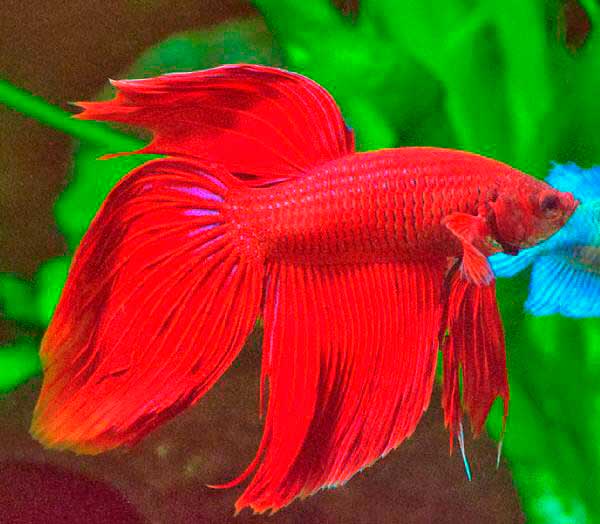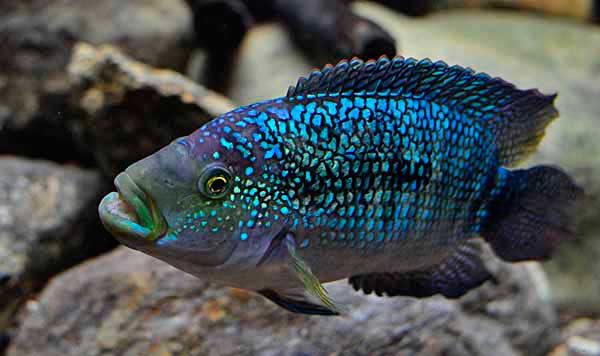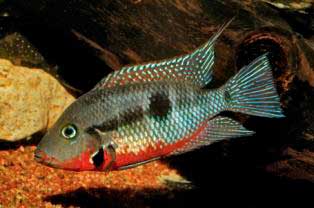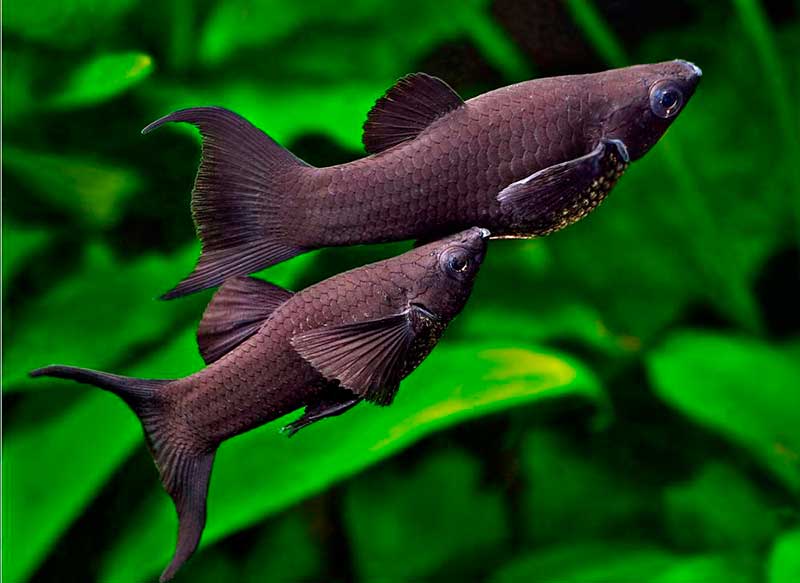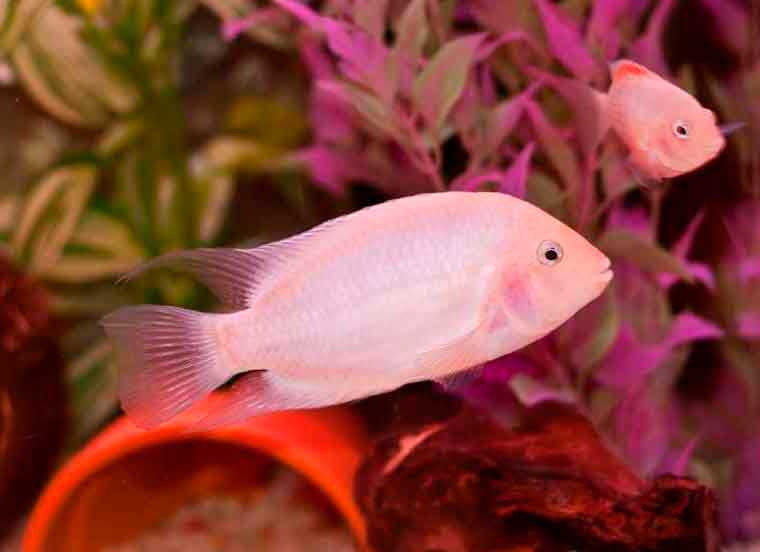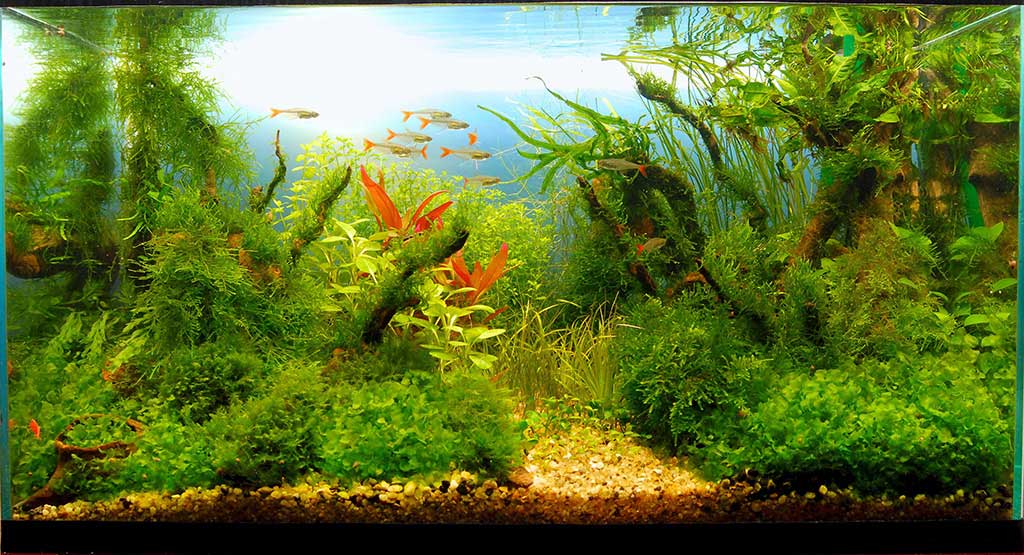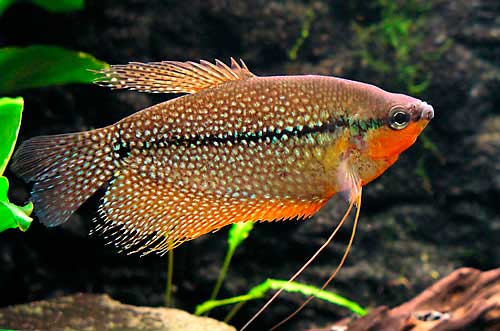Betta fish aquarium fish has long been kept in aquarium conditions in China and has been known in Europe for a relatively long time. One of the names of the fish – fighting. This name she received for the unyielding temperament and bullying in relation to both their kin and representatives of other species. But the magnificence of the fins of this fish makes it a favorite of more than one generation of aquarists. And in Thailand is quite popular fights between males of this fish, which are trained in a special way.
Synonyms: Roosterfish, Fighting fish, Siamese fish, Betta splendens.
Distribution in nature Betta splendens
Fighting fish inhabit slow-flowing or standing, swampy waters of the Malacca Peninsula, Thailand and Inner India.
Known in Europe since 1893. First appeared in Russia in 1896. Secondly imported to the USSR in 1948.
Betta fish Description
Betta fish can reach a length of six centimeters, but, as a rule, in aquarium conditions, their size is somewhat more modest three to four centimeters. The body is elongated in length. The male differs from the female in brighter coloration and luxurious fins. Female Betta fish has a slightly more modest coloration and not such luxuriant fins as the males. And near the anus there is a small formation resembling an egg. With a sudden change in environmental conditions or when frightened, fish can become discolored.
The anatomical features of Betta fish, as well as other fish of this genus, include the so-called labyrinth. It is a supra-gill bone formation with a large number of channels covered with mucous membrane rich in blood vessels. This organ appeared as a result of adaptation to life in water poor in oxygen. Fish in such water swims to the surface and swallows air with his mouth. Air, getting into the labyrinth, gives the oxygen contained in it through the blood vessels of the mucosa of the labyrinth. Thus, atmospheric respiration of these fish in water with low oxygen content is carried out.
Betta fish maintenance in the aquarium
Slow almost majestic movements of these fish contrast well with the movements of many aquarium fidgets. But contain a fight fish in a common aquarium can only if they are in it from the fry age. Also fight can provoke the appearance of a new neighbor and the addition of fresh water in the aquarium, which is a signal to reproduce.
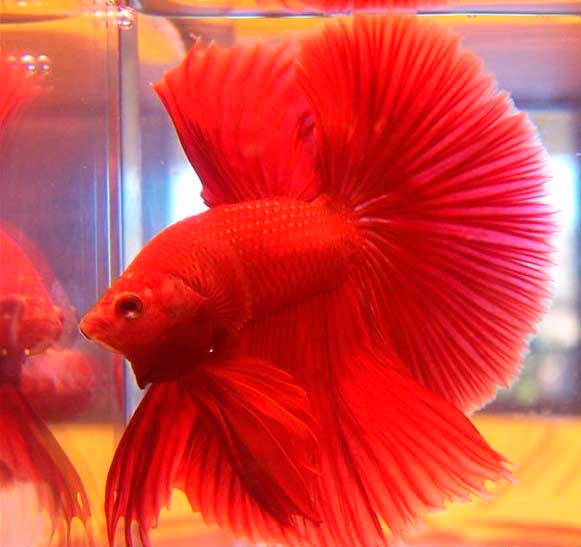
Betta fish are not demanding to the size of their dwelling and to the chemical composition of water. Due to their anatomical structure, they are also not demanding to the oxygen content of water.
Water parameters
- gH – 6 – 15 °
- t – 23—24°С.
- pH – 7.
Demanding Betta fish, perhaps, only to the water temperature, the reduction of which inevitably leads to various diseases.
Roosterfish breeding
Breeding fight fish is desirable to organize in an all-glass aquarium with a bottom area of about 350 cm2 and a layer of water 7 – 11 cm. It is better that the length of the aquarium exceeds its width. Water temperature should be raised to 26 -28 ° C. About two weeks before spawning, it is desirable to separate the female from the male. The appearance of a partner also stimulates spawning. In the period before spawning producers need to feed moths, as feeding daphnia and cyclops can lead to eating young. For spawning fish are selected at the age of 5 -7 months.
Spawning stimulation
It is also desirable to pour 1/3 of fresh water into the spawning tank. On the surface of the water should throw a bundle of rchchiya, and in some of the corners to arrange a thicket of plants. Richchiya will help the male to build a nest of air bubbles. And a thicket in one of the corners will help to hide the female not ready to spawn from an overly persistent male. Sometimes there is not enough grass, then the female is fenced off from the male with glass, which is removed only when the female herself shows by her appearance that she is ready to approach the nest and its builder.

When spawning begins, these fish can be watched for hours. The male rings his body around the abdomen of the female and squeezes out one to three eggs. He then fertilizes them and picks them up with his mouth and places them in the nest. After that, he returns to the female and spawning is repeated. A total of 100 to 200 eggs are laid. After the end of spawning, the female must be removed, and the male remains to care for the offspring.
It’s important to choose the right male
Sometimes there are difficulties in choosing a male – not all of them are equally conscientious fathers. After three to four spawning males become especially beautiful. After the fry will take a horizontal position and begin to swim the male must be removed as he loses the paternal instinct and for him offspring turns into food. Fry preferably feed infusoria and live dust. In the extreme case, will be suitable yolk cooked hard-boiled chicken eggs scattered in a glass of water and fed into the aquarium pipette very small portions. In the latter case, the results will be worse.
Often the males that participated in spawning have to be kept separately because of their pugnacity. In this case, a lot of water is not necessary. Sufficient 1-2 liters per fish. Important only temperature. It is also desirable that the vessel was rectangular. This vessel can be lowered into the general aquarium. After 2 weeks of such content, I sometimes managed to return the males in the general aquarium, without any losses.
Cockfighting is common in Thailand. They are trained in a special way. To train the endurance of fish it is placed in a container in which to create a whirlpool, which the fish must resist. And to train fighting skills to ilnogo and adult males are planted young males. Although I do not like such entertainment, but without mentioning this information about this wonderful fish would not be complete.
